Stadt Krems Sandgrube Gruner Veltliner 2010

Product Details
Your Rating
Somm Note
Winemaker Notes
Other Vintages
2006-
Wine
Spectator








Established in 1452, the original purpose of this winery was to provide revenue for the hospital in Krems. The estate-bottled wines of the city’s own winery have always been a source of pride for its residents, but over the years the winemaking itself became perfunctory and lacked distinction — until the arrival of the current team in charge of the winery. During those lesser years these wines were passed by as young winemakers in the zone pushed for higher quality in the wake of the 1985 diethylene glycol scandal. Since 2003 many Stadt Krems vineyards have been replanted and revitalized and the cellar has undergone a renovation and expansion. Fritz Miesbauer and his young, ambitious team now craft their wines in the stainless steel tanks of a pristine but technically simple cellar. With a compact range of six offerings sourced from a variety of soils and handled by careful and adept managers, the wines display both the minerality and the juiciness of the Kremstal. All 75 acres of vineyards held by Weingut Stadt Krems are within the city limits. The Krems Valley is only a small winegrowing area, defined by two different soil profiles. The rolling highlands and the eastward falling slopes of the "Bohemian Massif" are some of the oldest formations in the world. In the Krems area, it is made up of various types of gneiss, whose weather-beaten forms make up the original Urgestein (primary rock) of the terraced vineyards to the west of the city. This is excellent soil for growing Riesling. But the loess soil is of particular importance for viticulture in Krems. The loess was formed in the most recent Ice Age some 300,000 years ago. It is mainly found on the southern and southeastern slopes of the Krems vineyards. It provides optimal conditions for growing the famed Grüner Veltliner of Krems with a lot of spice and fine structure. Fritz Miesbauer and his colleagues aim to produce wines with a clean fresh profile that are enjoyable to drink, and are typical of the region. They start with great vineyard sites, planted with the correct varieties for their soil profiles. The grapes are selected without influence of botrytis, fully ripe but clean. Fermentations take place in stainless steel tanks. The classic wines are released in the late winter and the reserve quality wines are released in May as regulations for the appellation dictate.

Fun to say and delightfully easy to drink, Grüner Veltliner calls Austria its homeland. While some easily quaffable Grüners come in a one-liter—a convenient size—many high caliber single vineyard bottlings can benefit from cellar aging. Somm Secret—About 75% of the world’s Grüner Veltliner comes from Austria but the variety is gaining ground in other countries, namely Hungary, the Czech Republic, Slovakia and the United States.

Appreciated for superior wines made from indigenous varieties, Austria should be on the radar of any curious wine drinker. A rather cool and dry wine growing region, this country produces wine that is quintessentially European in style: food-friendly with racy acidity, moderate alcohol and fresh fruit flavors.
Austria’s viticultural history is rich and vast, dating back to Celtic tribes with first written record of winemaking starting with the Romans. But the 20th century brought Austria a series of winemaking obstacles, namely the plunder of both world wars, as well as its own self-imposed quality breach. In the mid 1980s, after a handful of shameless vintners were found to have added diethylene glycol (a toxic substance) to their sweet wines to imitate the unctuous qualities imparted by botrytis, Austria’s credibility as a wine-producing country was compromised. While no one was harmed, the incident forced the country to rebound and recover stronger than ever. By the 1990s, Austria was back on the playing field with exports and today is prized globally for its quality standards and dedication to purity and excellence.
Grüner Veltliner, known for its racy acidity and herbal, peppery aromatics, is Austria's most important white variety, comprising nearly a third of Austrian plantings. Riesling in Austria is high in quality but not quantity, planted on less than 5% of the country’s vineyard land. Austrian Rieslings are almost always dry and are full of bright citrus flavors and good acidity. Red varietal wines include the tart and peppery Zweigelt, spicy and dense Blaufränkisch and juicy Saint Laurent. These red varieties are also sometimes blended.
